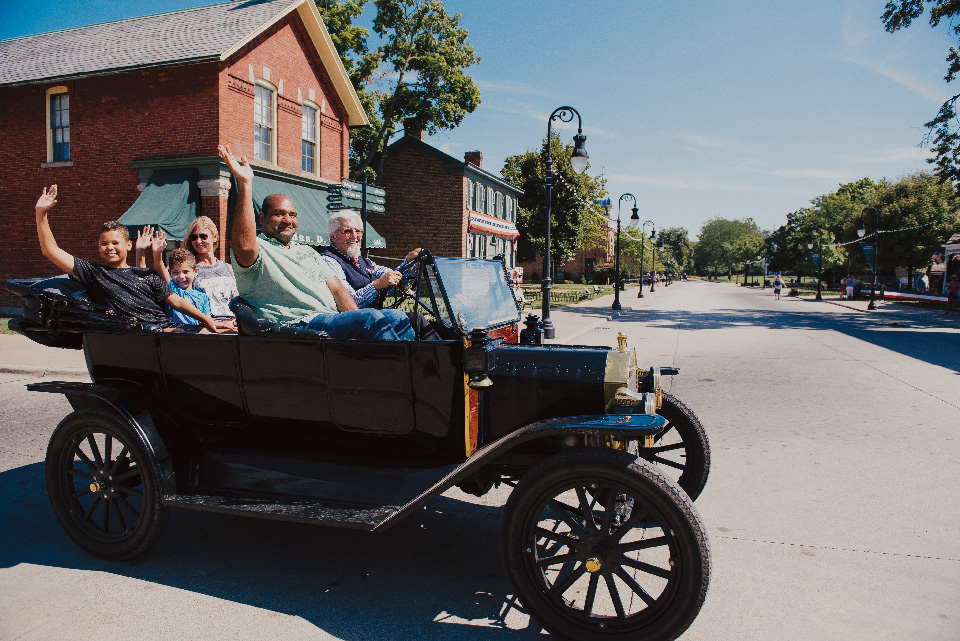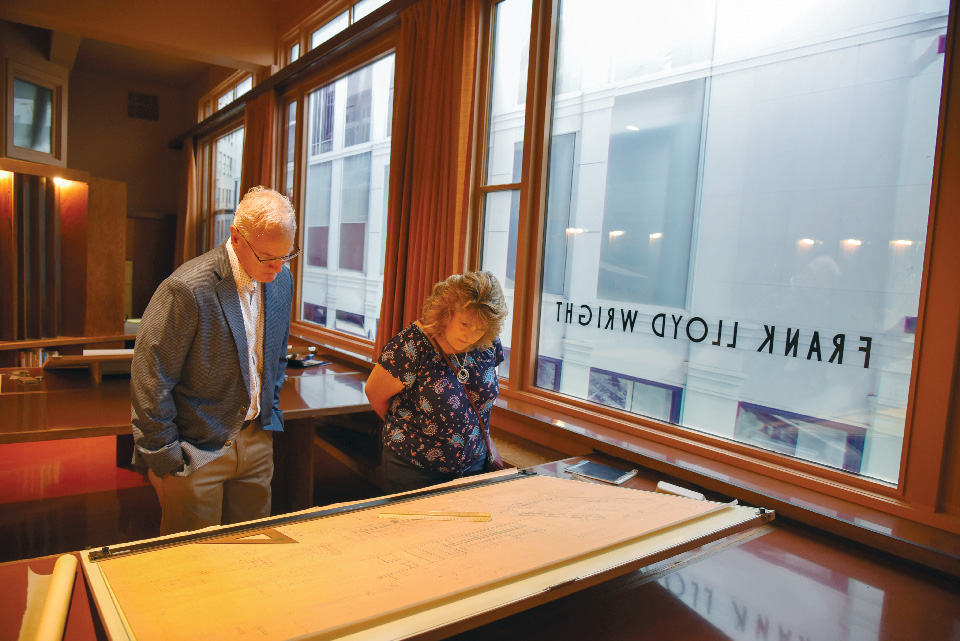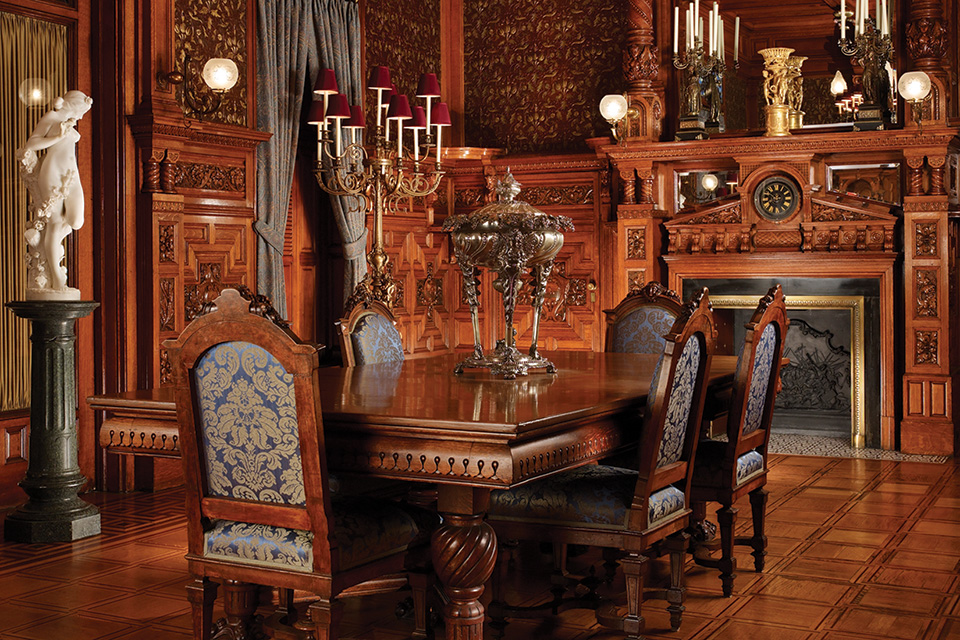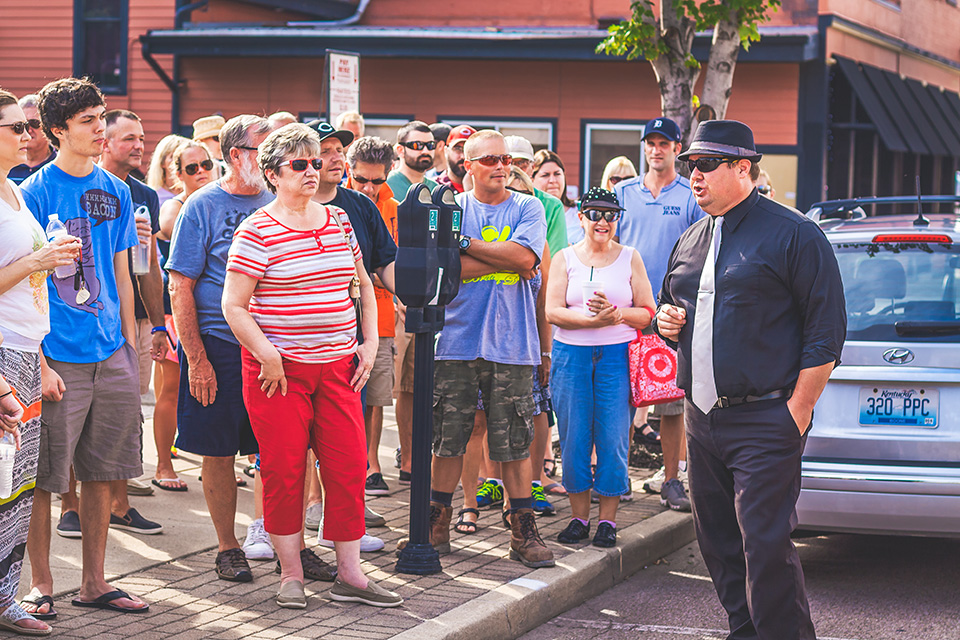The Buffalo History Museum
Housed in a structure built for the 1901 Pan American Exhibition, this museum in Buffalo, New York, shares the story of the city.
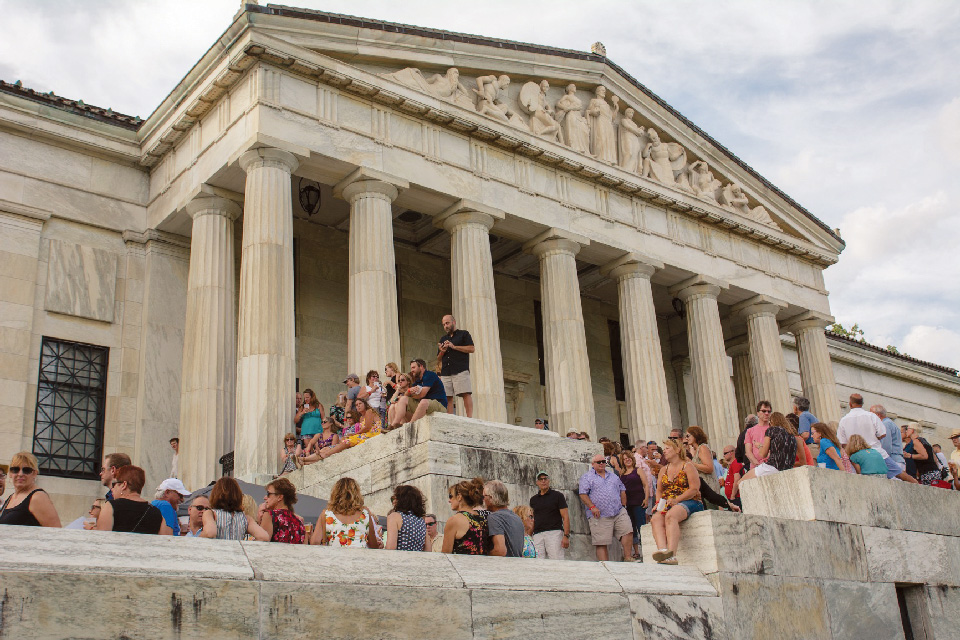
From its role as a strategic outpost during the War of 1812 to serving as the terminus of the Erie Canal to its reputation as the City of Light (garnered from harnessing hydroelectricity from nearby Niagara Falls), Buffalo is one the Great Lakes region’s great cities.
Since 1862, The Buffalo Historical Society has preserved the city’s stories. Former U.S. President Millard Fillmore, a native of nearby Aurora, New York, who went into private law practice in Buffalo after his time in the White House, was among the organization’s founders.
Today, visitors to the city can explore its rich history at The Buffalo History Museum, located at the corner of Delaware Park. The building became the historical society’s permanent home in the early 1900s following the Pan-American Exposition, which the city hosted in 1901. Local architect George Cary designed the Greek revival-style building to be the only permanent structure to remain after the fair’s closing.
A significant portion of the museum’s exhibition space is dedicated to artifacts that tell the tale of Buffalo’s preeminence at the time of the fair — also remembered for being the site of President William McKinley’s assassination — and the rise of industry in the area that led to prosperity for many.
There’s also a permanent exhibit dedicated to the history of Buffalo and Erie County, an exhibition that explores the Native American nations that called the region home and one devoted to Buffalo sports. Buffalonians’ love for the Bills football team is well documented, but the exhibit also details minor league baseball teams, pro basketball teams and hockey teams.
1 Museum Ct., Buffalo, New York 14216, 716/873-9644, buffalohistory.org
Story:
Vince Guerrieri
Issue:
Fall/Winter 2025


